Sound: 









Value: 









(Read about our ratings)
As I’ve mentioned often in this space, I travel a lot. Early on, when I started traveling more or less full-time, I was lucky enough to meet an absolutely delightful person who I am even luckier to still call a friend. She’s Austrian and lives in Vienna. As such, I’ve been to that stunning city many times. Walkable streets, endless culture, and, as it turns out, a surprising number of audio companies.
Well, two: turntable manufacturer Pro-Ject Audio Systems and the aptly named Austrian Audio. Austrian Audio was formed in 2017 after the most iconic of Austrian brands, AKG, was scooped up by Harman International and moved to Southern California. Austrian Audio began with 22 AKG alumni, and it offers a similar mix of products, namely headphones, microphones, and associated equipment. Brent Butterworth reviewed the brand’s higher-end Hi-X65 headphones a few years ago.
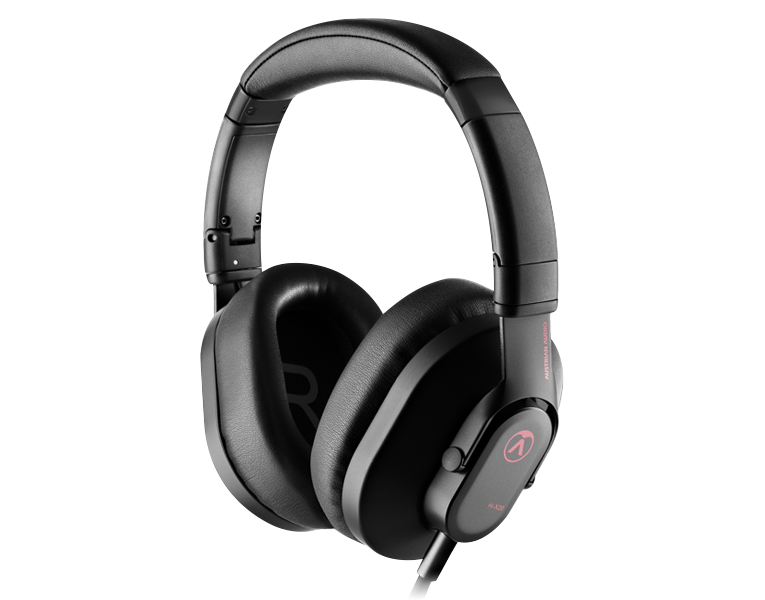
This time around, we’ve got the Hi-X20 headphones, which compete with the iconic Sony MDR-7506 headphones, which are in almost every recording studio and radio station on Earth. The closed-back Hi-X20s have relatively large 44mm drivers inside their rugged-feeling plastic earcups. At $149 (all prices USD), they’re a bit more expensive than the ubiquitous Sonys, but said Sonys are a design old enough at this point to start thinking about taking Lipitor. Which is to say, there’s certainly the possibility of something better, even if slightly more expensive, in this specific market.
In the box
With the Hi-X20s, you get a cloth carrying bag, a detachable 3m (9.8′) cable, and a 3.5mm-to-6.35mm (¼″) adapter. The cable connects on the left earcup only, which is fine, though being able to switch sides would be an added bonus for studio headphones. That’d understandably increase cost, so no points off for not having the option.
Use
The Hi-X20s’ earcups are tall but not particularly wide. My average-size ears fit fine, but if yours are on the large side, they might be tight. The replaceable pads are soft and have memory foam inside. At 255gm, the Hi-X20s are roughly 10 percent heavier than the Sonys, but I doubt anyone would feel the difference. The clamping pressure was a little higher than I’d like, but that would likely loosen up over time.
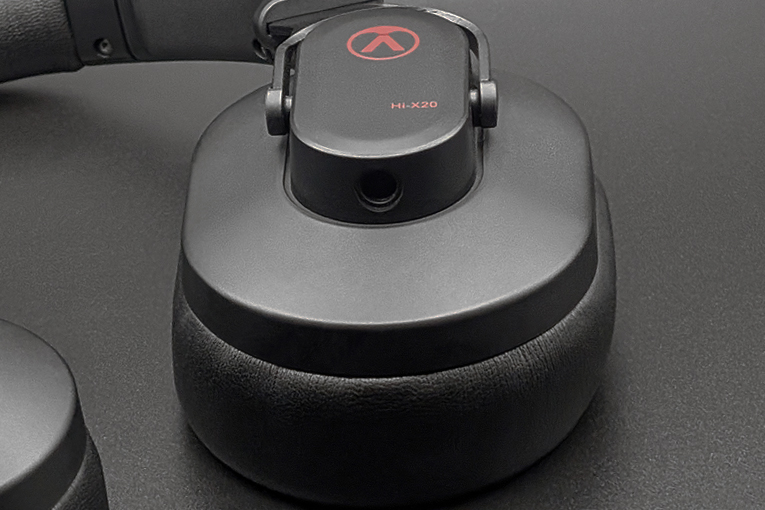
You can fold and twist the earcups so the Hi-X20s are more compact and portable, also similar to the MDR-7506s.
Sound
Austrian Audio describes the Hi-X20s’ sound as having an “honest frequency response,” which I think is rather delightful. It does make me wonder what a dishonest frequency response would sound like. Flutes that sound like tubas? What they actually sound like is, well, fairly analytical studio headphones. They’re not particularly “fun,” though there is enough bass. There’s also a small spike in the treble to add some clarity, but overall, they’re quite neutral in the way you’d want for professional headphones.
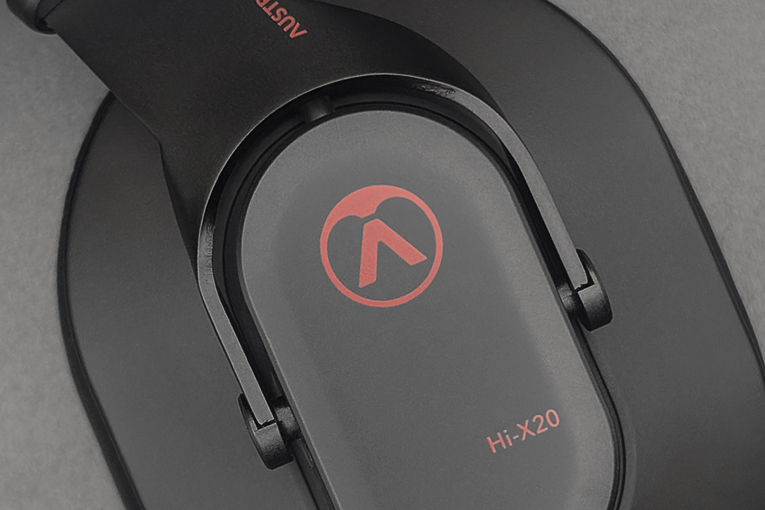
I started with Kacey Musgrave’s “Slow Burn” (Golden Hour, 24-bit/96kHz FLAC, MCA Nashville / Qobuz). This track opens with acoustic guitars and Musgrave’s voice, which are eventually joined by percussion, strings, and more. There was plenty of detail here, with the strums of the rhythm guitar especially forward in the mix. Thankfully, there was no sibilance or any grating harshness—just a slight bump in the mid-treble range that added a bit of clarity.
Next was the Getz and Gilberto classic “The Girl from Ipanema” (Getz/Gilberto, 24/192 FLAC, Verve Records / Qobuz). The hi-hat and cymbals stood out a bit in the mix, and Stan Getz’s saxophone had a bit more breathiness than I’ve heard on some headphones. Sebastião Neto’s double bass never got lost, and it had better low-frequency extension than you might expect from $150 headphones. Hard to say if that’s thanks to the big drivers, but I’d be surprised if they didn’t help.
“Texas Hold ’Em” and “Jolene” from Beyoncé’s Cowboy Carter (24/44.1 FLAC, Columbia Records / Qobuz) revealed a decently wide soundstage for closed-back headphones; it extended out over my shoulders and felt bigger than I expected. These tracks have strong bass drum and foot stomping, both of which were tightly controlled through the Hi-X20s. The bass balanced fairly well with the treble, though there was more of the latter than the former.
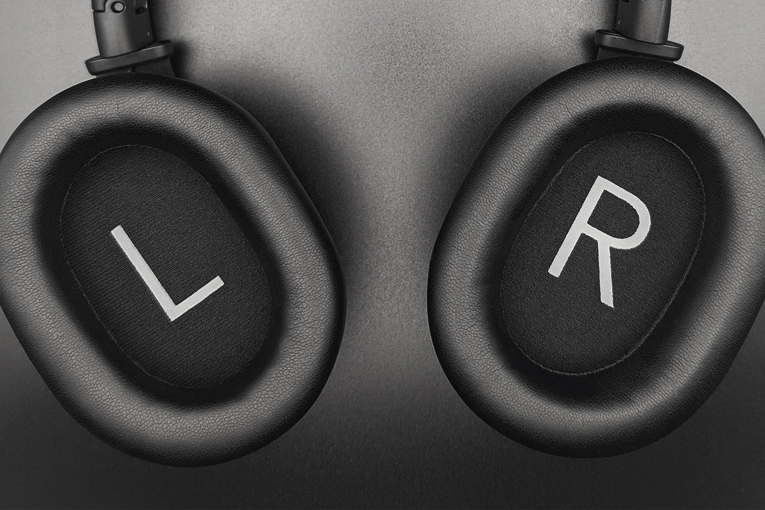
As you’d hope for something made for use in a professional setting with a wide variety of amplification, the Hi-X20s are pretty easy to drive. Even using my Sony NW-A306 media player, I was able to get plenty of volume. Not “bash your eardrums” volume, but “higher than safely listenable for extended periods” volume.
Comparison
The obvious comparison was to the Sony MDR-7506 headphones. Despite their ubiquity, I don’t know anyone who’s a “fan” of the 7506s. They’re a common and brilliant tool for work, but it’s far rarer to see someone choosing them for casual listening. That’s not their purpose.
I started with Billie Eilish’s “Oxytocin” (Happier Than Ever, 24/44.1 FLAC, Interscope Records / Qobuz). This track has a deep bass line and a snap hit to the electronic percussion, letting Eilish’s voice sit off by itself. The Hi-X20s highlighted both the bass and the percussion, but didn’t do so at the expense of her voice. The Sonys had more of the percussion and a bit less bass. Eilish’s voice was higher in the mix on the Sonys as well.
Sticking with the Sonys, I cued up 10,000 Maniacs’ “These Are Days” (Our Time in Eden, 16/44.1 FLAC, Elektra Records / Qobuz). The 7506s highlighted the midrange and treble. There was some bass, but it was almost an afterthought. The treble wasn’t particularly smooth or enjoyable; it bordered on being brittle. I can’t imagine these being anyone’s favorite headphones, and that’s coming from someone who has used them for their intended purpose for decades. The Hi-X20s provided a far warmer sound with smoother treble. There was a slight cupped-hands coloration, but it was only really noticeable when I was swapping between these two headphones. The reduction in midrange was pronounced, though some of that was due to the Sonys’ abundance in that range. Given the choice to listen to one of these two pairs for long periods, I’d pick the Austrian Audios.
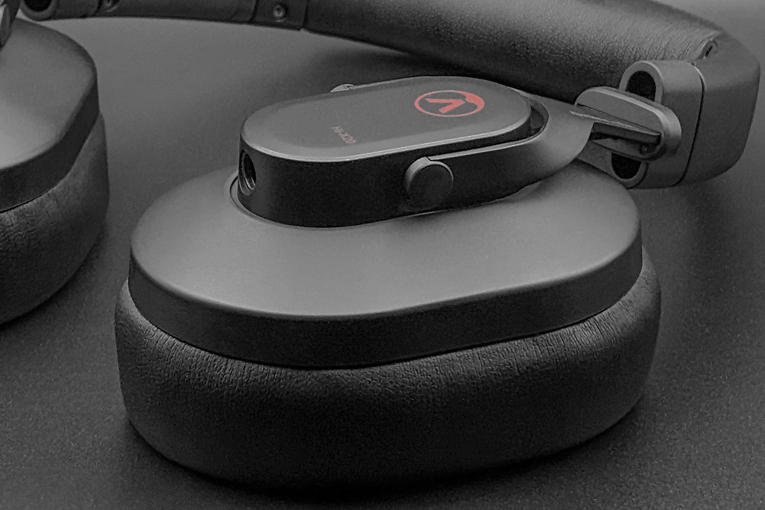
For something a little different, I compared the Hi-X20s to the Beyerdynamic DT 990 Editions. At $169.99, these cost just a little more than the Austrian Audios. They’re open-back and not specifically studio headphones. Their round cups would likely be more comfortable for those with larger ears. While they’re technically heavier than the Hi-X20s, their lighter clamping pressure makes them feel lighter. However, an important caveat here: these are my personal 990s and are extremely well used. So no imaginary points off against the Hi-X20s on that front.
Sound-wise, the Beyers highlighted snare drums over all else. There wasn’t much low bass, but really, everything was subdued outside of a narrow frequency range in the mid-treble range. The Hi-X20s had stronger, fuller bass and more in the lower- and high-treble range. Interestingly, despite being open-back, the Beyers’ soundstage wasn’t that much bigger than the Hi-X20s’, seeming to extend just a little farther out over my shoulders.
Conclusion
Do the Hi-X20s work as intended, fulfilling a role as studio headphones for mixing and monitoring? Absolutely. They’re also lightweight and comfortable, and they feel fairly rugged, all vital attributes for long sessions. They’d also work as a sort of “palate cleanse” from more fun, albeit colored in some way, personal headphones. I’d consider them as a reasonable and easier-to-listen-to alternative to the Sony MDR-7506s. I’m not making some grandiose proclamation about replacing one of the most iconic headphones of all time. They’re good at what they do. The Hi-X20s take that idea, make the treble easier to listen to, and add some pleasing bass.
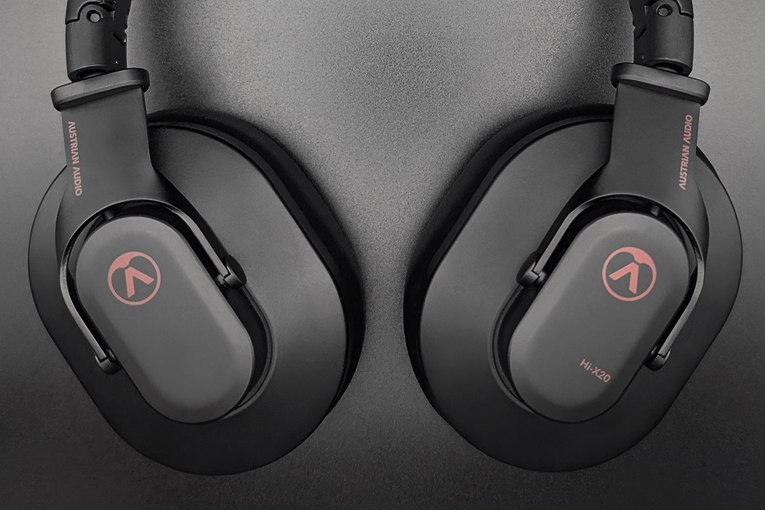
I also want to make sure I don’t miss one of the more important aspects: these are only $150. They’re great for the price and far more enjoyable to listen to than the slightly cheaper, and better-known, MDR-7506s.
. . . Geoffrey Morrison
Associated Equipment
- PC: iBuyPower Windows 10
- DAC/headphone amplifier: Schiit Audio Magni
- Portable media player: Sony NW-A306
Austrian Audio Hi-X20 headphones
Price: $149
Warranty: Two years; three years with registration
Austrian Audio
Eitnergasse 15
1230 Wien, Austria
Phone: (+43) 1 934-682-6300
Website: www.austrianaudio.com
US distributor:
Group One Ltd.
70 Sea Lane
Farmingdale, NY 11735
Phone: (631) 396-0195





